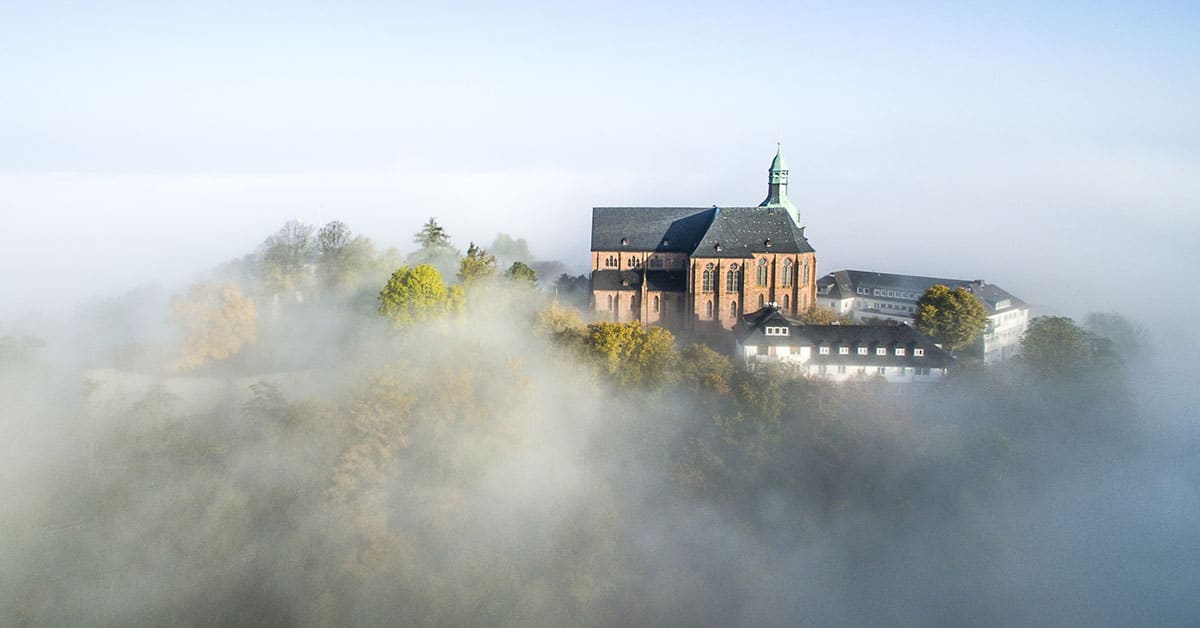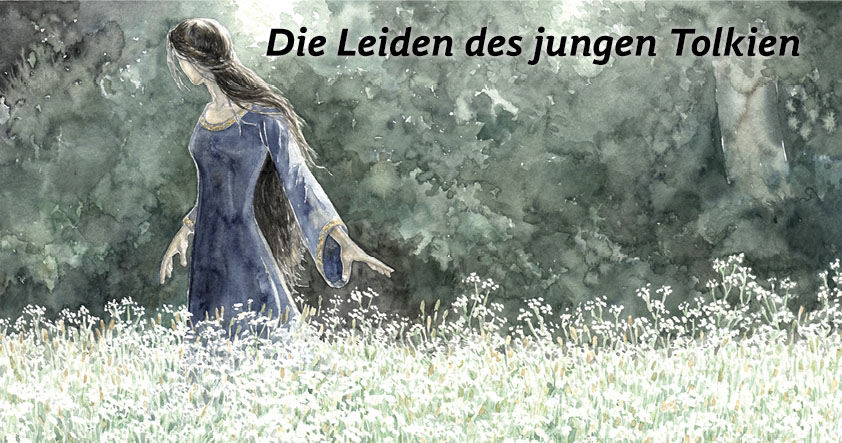Anfang diesen Monats ist bei Walking Tree Publishers, dem Schweizer Verlag mit dem die DTG zusammen das alljährliche Tolkien Seminar veranstaltet, In the Nameless Wood: Explorations in the Philological Hinterland of Tolkien’s Literary Creations von J.S. Ryan erschienen. Es ist der Nachfolge-Band zu Ryans Tolkien’s View: Windows into his World und der 30. Band der Cormarë Series, in der ausschließlich Bücher zur Tolkien-Forschung erscheinen. Dazu schreibt der Verlag (meine Übersetzung):
In seiner neusten Artikelsammlung, folgt Prof. J.S. Ryan auf Prof. Tolkiens schmalem Pfad durch den Namenlosen Wald, das unerforschte Gebiet zwischen akademischer Forschung und Mythenschaffung, welcher im Schreiben des Herrn der Ringe, einem Meisterwerk des 20. Jahrhunderts, endete.
Ryan selbst studierte unter Prof. J.R.R. Tolkien und schreibt bereits 50 Jahre über seinen inspirierenden Lehrer, seine Quellen und die Anwendbarkeit seiner Schriften, und nimmt somit einen besonderen Stellenwert ein, in der Reflexion, nicht nur über Tolkien als Wissenschaftler oder Tolkien als Autor, sondern ebenso über Tolkien den Menschen.
Inhaltsverzeichnis:
Preface
v
Introduction
ix
List of Abbreviations and References
xv
Prequel
‘The Nameless Wood’ and ‘The Narrow Path’
3
Part A
The Ancient Middle East and its Associations
Essay 1
Indo-European Race-Memories and Race-Fears from the Ancient City of Uruk … and so to Tolkien as the quietly Speculative Philologist
37
Essay 2
Oath-Swearing, the Stone of Erech and the Near East of the Ancient World
61
Essay 3
Saruman, ‘Sharkey’ and Suruman: Analogous Figures of Eastern Ingenuity and Cunning
73
Essay 4
Túrin, Turanian and Ural-Altaic Philology
79
Essay 5
Gollum and the Golem: A Neglected Tolkienian Association with Jewish Thought
87
Part B
Romano-British Lydney and its Remarkable Importance for Tolkien’s Œuvre
Essay 6
The Lydney Archaeological Site and Tolkien’s Portrayal of the King as Healer
95
Essay 7
The Mines of Mendip and of Moria, with some Reflections on The Lair of the White Worm
107
Essay 8
Dwarf’s Hill and the ‘Dwarf’s Chapel’ … the Matter of the Ancient Mining There and the Ideas for Further Story that that Fabled Activity might well have Engendered
121
Essay 9
Ancient Mosaic Tiles from out the West: some Romano-British ‘Traditional’ Motifs
129
Part C
The North and West Germanic Tradition and Christianity
Essay 10
Frothi, Frodo – and Dodo and Odo
139
Essay 11
The Knee and the Old English Gifstol as Sacral Symbols of Protection and of Forgiveness
149
Essay 12
King Alfred’s Developing Concept of ‘Wisdom’ and its Relevance to Tolkien’s Grand Moral Philosophy
157
Essay 13
Uncouth Innocence – some Links Between Chrétien de Troyes, Wolfram von Eschenbach and J.R.R. Tolkien
167
Essay 14
Lore of Dwarves – in Jacob Grimm and Thomas Keightley
183
Essay 15
Warg, Wearg, Earg and Werewolf – a Note on a Speculative Tolkienian Etymology
187
Essay 16
The Number Fifteen, Heroic Ventures and Two Horrible Songs
203
Essay 17
Fear and Revulsion in “the cold, hard lands”
207
Essay 18
The Origin and Cultural Associations of the Place Name Wetwang
211
Part D
Twentieth Century Oxford & England
Essay 19
The Wild Wood – Place of Danger, Place of Protest
219
Essay 20
J.R.R. Tolkien, C.S. Lewis and Roy Campbell
235
Essay 21
Tolkien and Auden
243
Appendix
J.R.R. Tolkien and the Ancrene Riwle, or Two Fine and Courteous Mentors to Women’s Spirit
261
Bibliography
301
Index
337
365 Seiten, Walking Tree Publishers 2013, Cormarë Series No. 30, ISBN: 978-3-905703-30-6.














